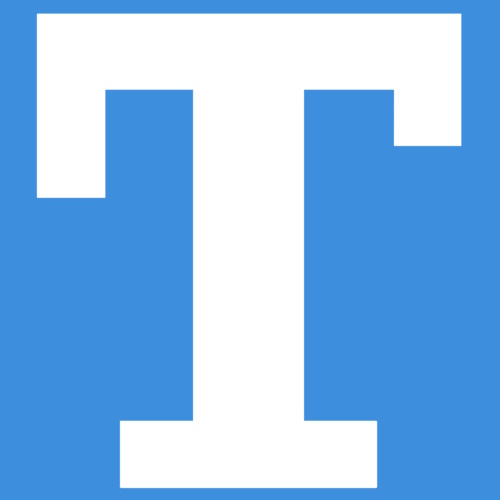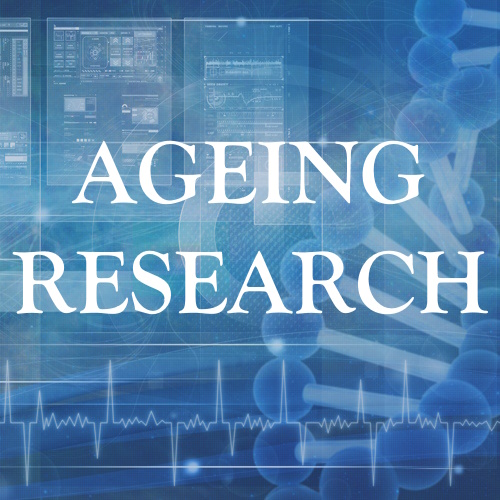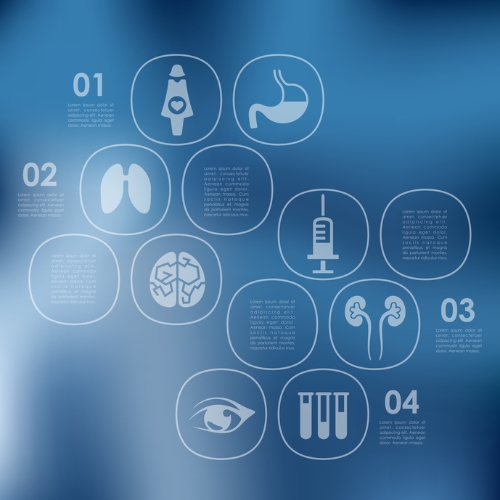Ageing is a natural process leading to a gradual decline in biological functions and an increased risk of diseases like cardiovascular issues and cancer. Traditional theories view ageing as an accumulation of molecular and cellular damage. However, this research proposes a complementary perspective, considering ageing as a morphostasis defect driven by changes in bioelectric signaling.
The Role of Bioelectricity
Bioelectricity, the communication currency of cells, hinges on the movement of ions like sodium, potassium, and calcium across cell membranes, creating essential electrical potentials for diverse biological processes.
In embryonic development, bioelectric signals assume a pivotal role in steering cell differentiation, tissue formation, and organ development. Through adulthood, these signals remain indispensable for tissue regeneration and the intricacies of healing mechanisms.
As organisms age, evidence suggests alterations in bioelectric signals, disrupting the established patterns that once governed cellular behavior and tissue maintenance. These changes contribute to a breakdown in the customary processes of tissue repair and regeneration, becoming integral aspects of the ageing journey.
Ion channels, regulating ion flow across cell membranes, are central to bioelectric signaling. Disturbances in their function or expression can disrupt the delicate bioelectric patterns, potentially leading to cellular dysfunctions associated with ageing.
In the ageing narrative, cellular senescence takes the spotlight—an arrested state where cells cease to divide, contributing to ageing and age-related diseases. The current focus is on understanding the intricate connection between bioelectric signaling and cellular senescence, with the potential to modulate these signals and counteract senescence processes.
Certain organisms, like salamanders, exhibit remarkable regenerative abilities. Research indicates that bioelectric signals play a crucial role in this regenerative process, providing insights into the possibility of manipulating bioelectricity to enhance tissue regeneration in humans.
About the research
The methodology is primarily theoretical and conceptual, drawing upon a wide range of existing research in the fields of developmental biology, bioelectricity, and ageing. The authors synthesise information from various studies to build their argument. They examine how bioelectric signaling - the flow of ions across cell membranes affecting the electrical potential of cells - plays a role in developmental processes, regeneration, and ageing.
By analysing existing data and theories, they propose a new perspective on ageing, viewing it as a defect in morphostasis (the maintenance of form) influenced by alterations in bioelectric patterns.
The study presents a comprehensive analysis of ageing, proposing a novel perspective rooted in the concept of bioelectricity, described as the "software of life," which plays a fundamental role in cell communication and organisation. The study explores how bioelectric signals guide cell behavior towards maintaining complex multicellular structures, impacting ageing and regeneration processes.
Key aspects of the study include:
The concept of bioelectricity takes center stage, portraying it as a fundamental mechanism that involves electrical signals traversing cell membranes. This portrayal emphasizes bioelectricity's central role in regulating cell behavior, orchestrating tissue organization, and influencing large-scale body patterning.
Delving into the dynamics of ageing, the study introduces a paradigm shift by proposing ageing as a defect in morphostasis. In this context, normal bioelectric patterns, which typically guide tissue organization and regeneration, are disrupted, ultimately manifesting as ageing symptoms.
The study draws significant connections between bioelectricity and age-related diseases. It underscores that abnormalities in bioelectric signaling can serve as precursors to a spectrum of conditions, including cardiovascular diseases, brain diseases, and cancer. This perspective offers a fresh outlook on understanding and addressing these age-related health challenges.
The comprehensive review unfolds as various rejuvenation strategies come under scrutiny. Blood factors, metabolic approaches, senolytics, and cellular reprogramming take the spotlight, with their interplay with bioelectric signaling examined. This exploration seeks to unveil potential avenues for rejuvenation strategies in harmony with the intricate dance of bioelectricity.
The study extends its exploration into the realms of cancer and regeneration, framing tumors as morphostasis defects linked to bioelectric signaling. Here, bioelectricity emerges as a potential catalyst in regenerative medicine, shedding light on its implications and applications beyond disease, especially in the intricate world of cancer and tissue regeneration.
Authors emphasise that most rejuvenation approaches have been bottom-up, focusing on the cellular hardware such as genes, molecular pathways, and the epigenome. However, it points out that micromanaging the aging process at the cellular level may not be entirely feasible due to the complexity of human anatomy. Aging and regeneration in humans involve highly intricate and dynamic multi-component orchestrations of events, making it impractical to oversee every detail of the process.
It suggests future research directions, emphasising the importance of understanding and manipulating bioelectric patterns to address ageing and related diseases.
Overall, this study presents a transformative view of ageing, proposing bioelectricity as a key player in the ageing process and regeneration, and opens new avenues for research and potential therapies in biomedicine.
Credits
The study is authored by Michael Levin, affiliated with the Allen Discovery Center at Tufts University and the Wyss Institute for Biologically Inspired Engineering at Harvard University. The study available on OSF preprints.








